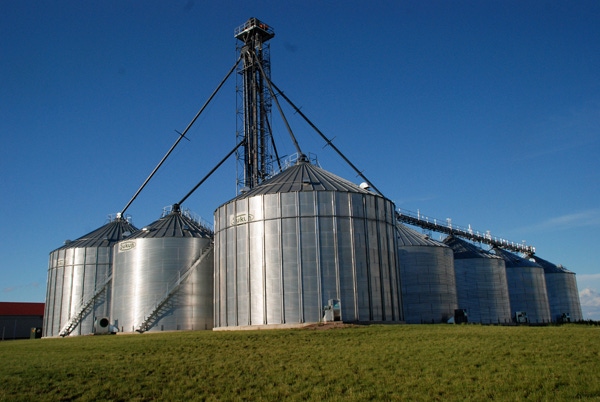
Last month I introduced you to May Sellers and Hank Holder, two celebrity producers who store unpriced grain at harvest. May sells her grain in late spring while Hank waits too long, and the resulting price difference over time is tremendous. This month I want you to meet Peter Paperfarmer. Peter will shed some light on the fallacy of paper farming – selling grain and re-owning with futures or call options – as a way to avoid storage costs.
Let me start with a sales pitch. You don’t want to store grain like May or Hank because grain storage (1) ties-up cash in the bin and, (2) results in physical storage costs, even for grain held on the farm (interest and shrink). I have a pricing strategy that will put cash in your pocket, eliminate storage costs and retain your upside potential for rising prices after harvest. It’s called “paper farming” and it’s as simple as selling grain at harvest (cash in the pocket and no storage costs) and re-owning the grain with an at-the-money call option (upside potential). This sounds like a winning strategy.
The problem here is in our understanding of carrying charges in grain markets. Carrying charges – the price differences between delivery months (e.g. December vs. July corn) – are determined by the market, and they can be positive or negative. Positive carrying charges occur when deferred contracts trade at a premium to nearby contracts, and they often accompany grain markets when free supplies are large. We see large supplies a lot in the corn market and, in recent years, also in the wheat market. Both markets often sport large carrying charges.
Note that the term “carrying charge” is just another way to say storage costs. Paper farming, when carrying charges are large, asks you to sell low (the cash price based on the discounted nearby futures price) and buy high (a futures price or call option on a deferred contract trading at a premium).
Fallacy in paper farming
Sell low and buy high – does that sound right to you? Here’s the fallacy in paper farming; when carrying charges are large, you do not avoid storage costs – you pay them up front. This clearly shows in the accompanying table, where I’ve tracked Peter’s performance with a re-ownership strategy in corn, soybeans and HRS wheat since 1990, when carrying charges were large at harvest. Peter has re-owned after harvest 78 times (26 years * 3 commodities). His call options paid-off 23 times, or 29% of the time (Peter has an admirable record in soybeans, where smaller carrying charges or inverses are common). But my table isolates years when the carry was large. That eliminated all of the soybean years, 15 wheat years and 5 corn years. Of the remaining 32 “large carry” years (21 in corn and 11 in spring wheat), Peter profited just four times, or 13% of the time.
Selling low and buying high appears to deliver low odds for success.
Here’s a tip from Peter; because carrying charges reflect a market determined storage cost, you cannot avoid storage costs by selling nearby and buying deferred futures contracts when carrying charges are positive. Storage costs are only avoided if the market is inverted or carrying charges small, a situation when paper farming makes some sense.
Before you get into a paper farming strategy, ask the question that Peter should be asking; Are carrying charges large or small?
Peter vs. Barney, 1990-2015 crop years
($/bu.)
Barney Binless | Peter Paperfarmer | Peter’s advantage | Call options profit? |
Corn | 2.60 | 2.54 | -0.06 |
HRS Wheat | 4.11 | 4.00 | -0.11 |
Includes years when carrying charges were large at harvest, defined as 140% of interest costs.
Barney and Peter sell cash grain at the same harvest price; corn and soybean on the Friday between October 12-18 at the same location in southwestern Minnesota; wheat prices on the Friday between August 20-26 at the same location in the Red River Valley.
Peter’s purchases at-the-money calls on July corn and soybeans on Nov. 1, and May ATM wheat calls on Sept.1, and holds to expiration (mid-June for July calls, mid-April for May calls). Results are net of premiums
About the Author(s)
You May Also Like






